
Ten Things You Should Know About Selma Before You See the Film
Reading by Emilye Crosby
Key points in the history of the Selma voting rights struggle to keep in mind as you view the popular film about the Selma-to-Montgomery March.
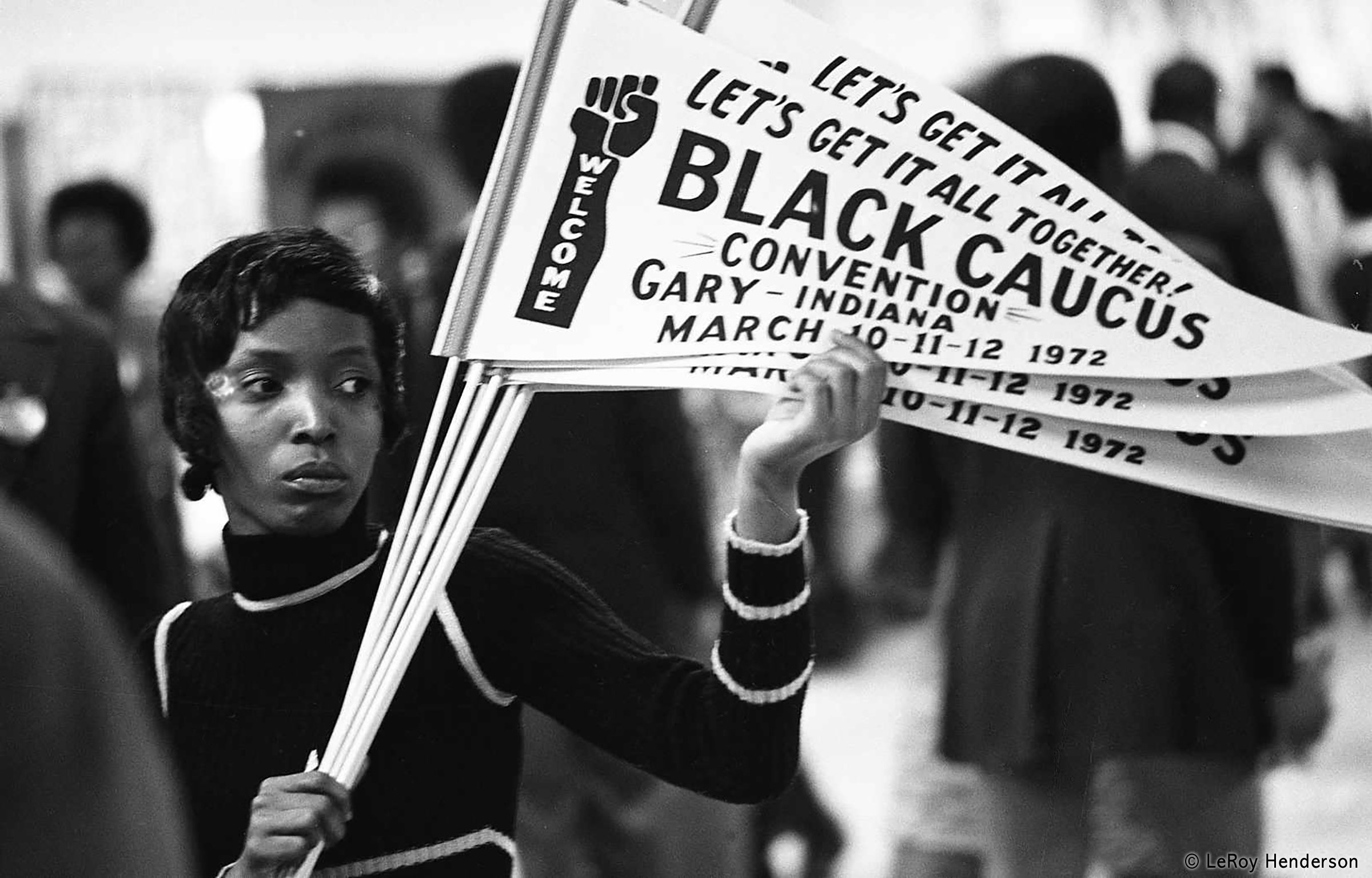
Advanced Ideas About Democracy
Reading by Vincent Harding
Excerpts from Hope and History: Why We Must Share the Story of the Movement, a well-annotated list of historic events for teaching the full story of the Civil Rights Movement.
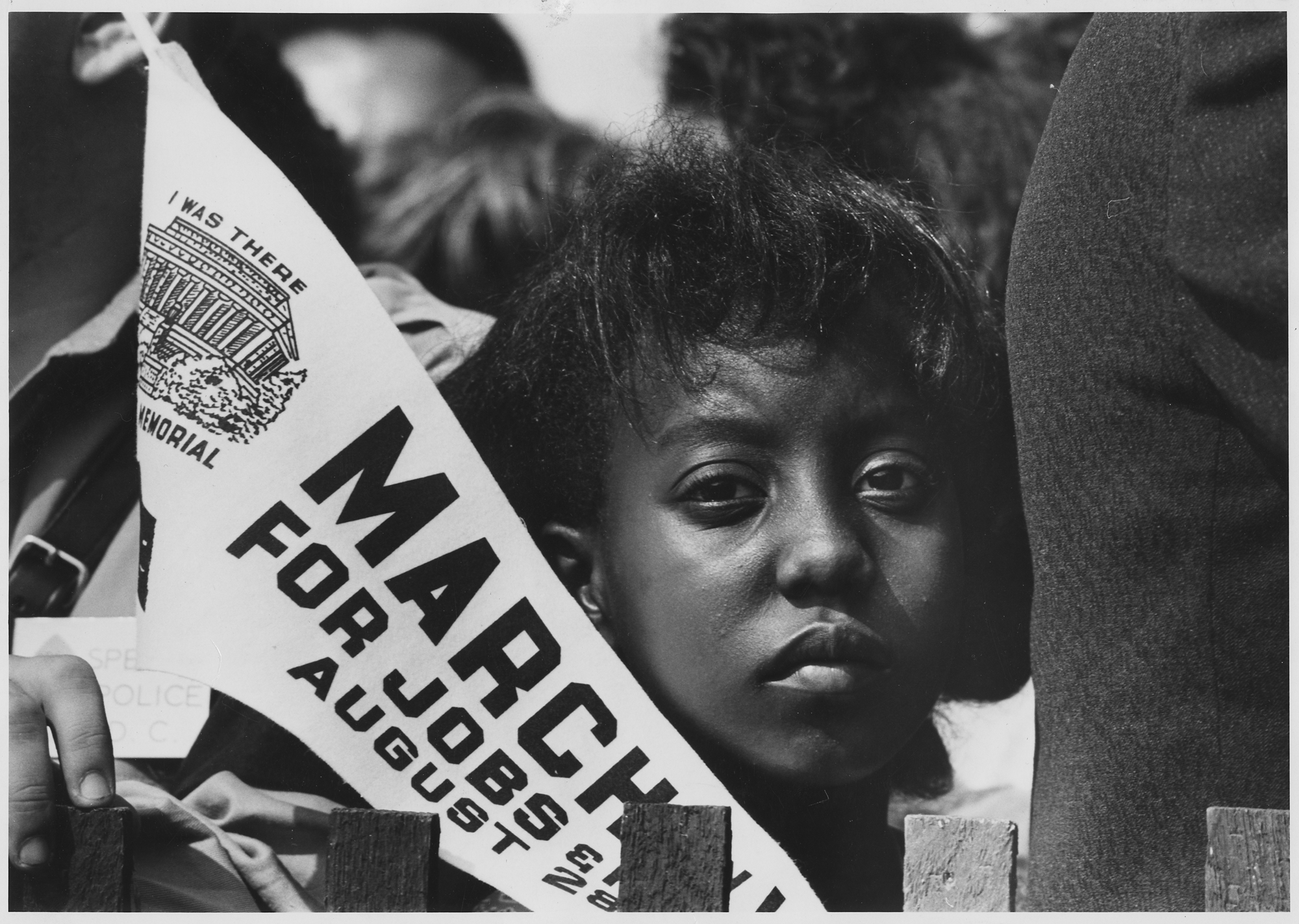
Claiming and Teaching the 1963 March on Washington
Reading by Bill Fletcher Jr.
The March on Washington did not begin as a classic civil rights march. It is barely remembered that the March on Washington was for freedom AND jobs, or that the march was initiated by black labor leaders.
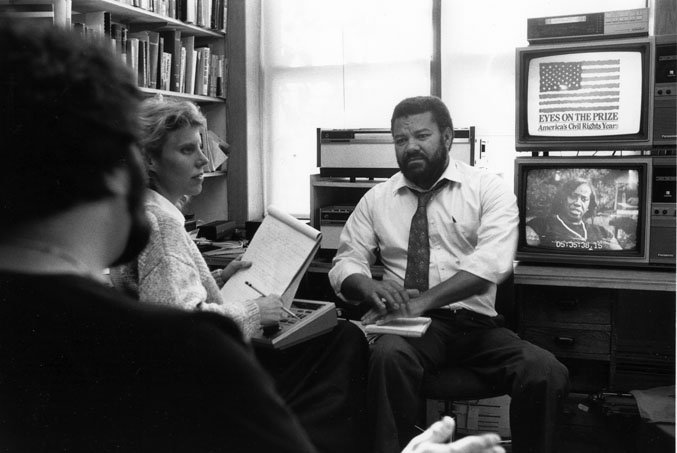
Teaching Eyes on the Prize, Teaching Democracy
Reading by Judy Richardson
Richardson shares key insights and considerations for teachers when using the Eyes on the Prize film.

At the River I Stand: The 1968 Memphis Sanitation Workers Strike and the Assassination of Martin Luther King Jr.
Reading by California Newsreel
The documentary film At the River I Stand skillfully reconstructs the two eventful months that transformed a strike by Memphis sanitation workers into a national conflagration, and disentangles the complex historical forces that came together with the inevitability of tragedy at the death of Martin Luther King Jr.
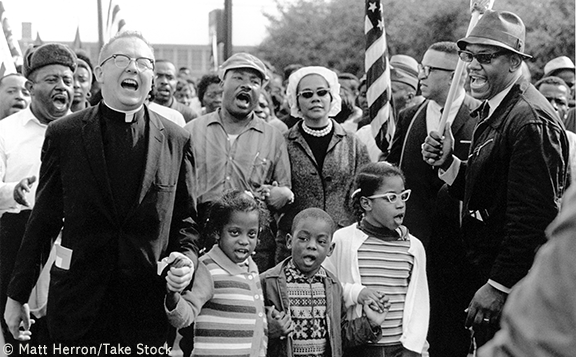
The Limits of Master Narratives in History Textbooks: An Analysis of Representations of Martin Luther King
Reading by Derrick Alridge
A study of how U.S. history textbooks present prescribed, oversimplified, and uncontroversial narratives of Dr. Martin Luther King Jr. that obscure important elements in King’s life and thought.
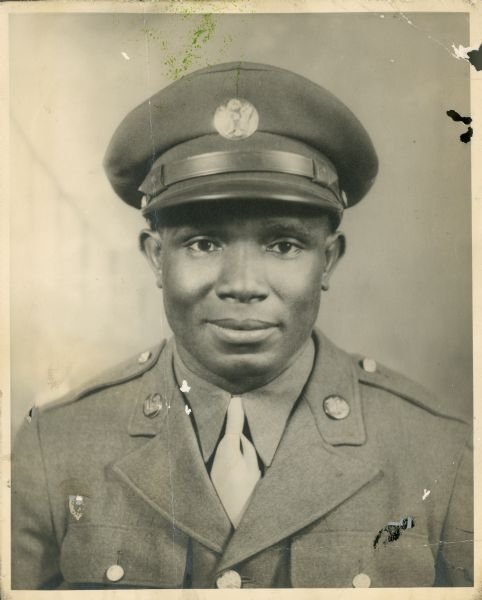
Patriotism over Democracy: A Critical Analysis of U.S. History Textbooks
Reading by James Loewen
Examination of how U.S. history textbooks misrepresent the role of the federal government in foreign and domestic policy, minimizing the potential power of the people.

Guns and the Southern Freedom Struggle: What’s Missing When We Teach About Nonviolence
Reading by Charles E. Cobb Jr.
Asserting their right to defend themselves when attacked was a tradition that safeguarded and sustained generations of Black people in the United States. Yet this tradition is almost completely absent from the conventional narrative of the Southern civil rights struggle.
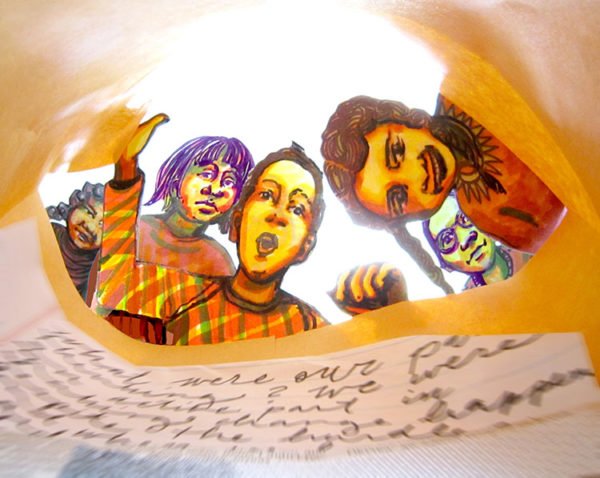
Our Grandparents’ Civil Rights Era
Teaching Idea by Willow McCormick
Students write letters to grandparents and family friends to ask about their experiences during the Civil Rights Movement.
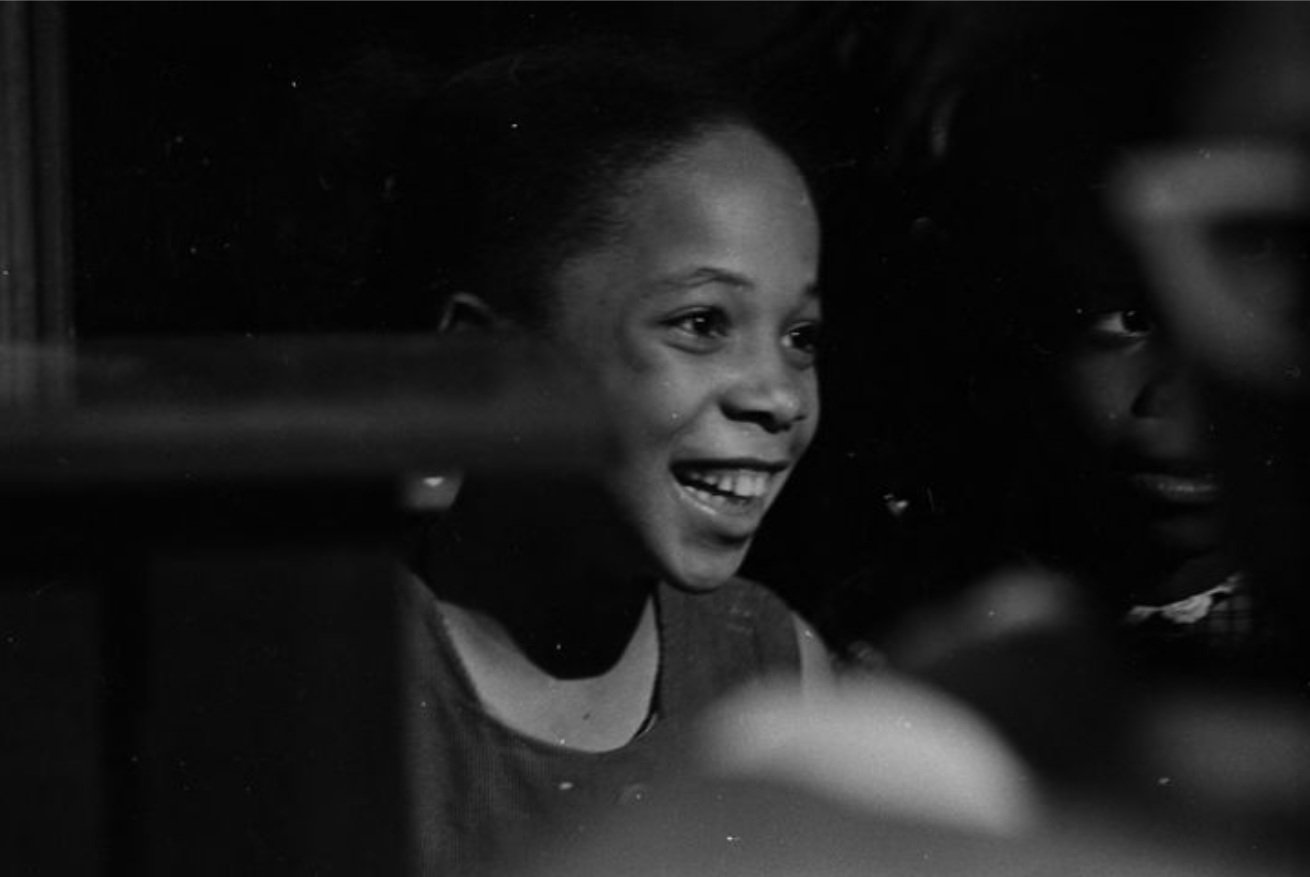
Sheyann Webb: A Story for First Grade
Reading by Maggie Donovan
First-grade teacher and SNCC veteran Maggie Donovan wrote this story about Sheyann Webb to introduce her students to the role of young people (like themselves) in the Civil Rights Movement.

Stepping into Selma: Voting Rights History and Legacy Today
Lesson by Deborah Menkart
This lesson invites students to step into the long history of the freedom struggle in Selma, introducing them to people, turning points, and issues.
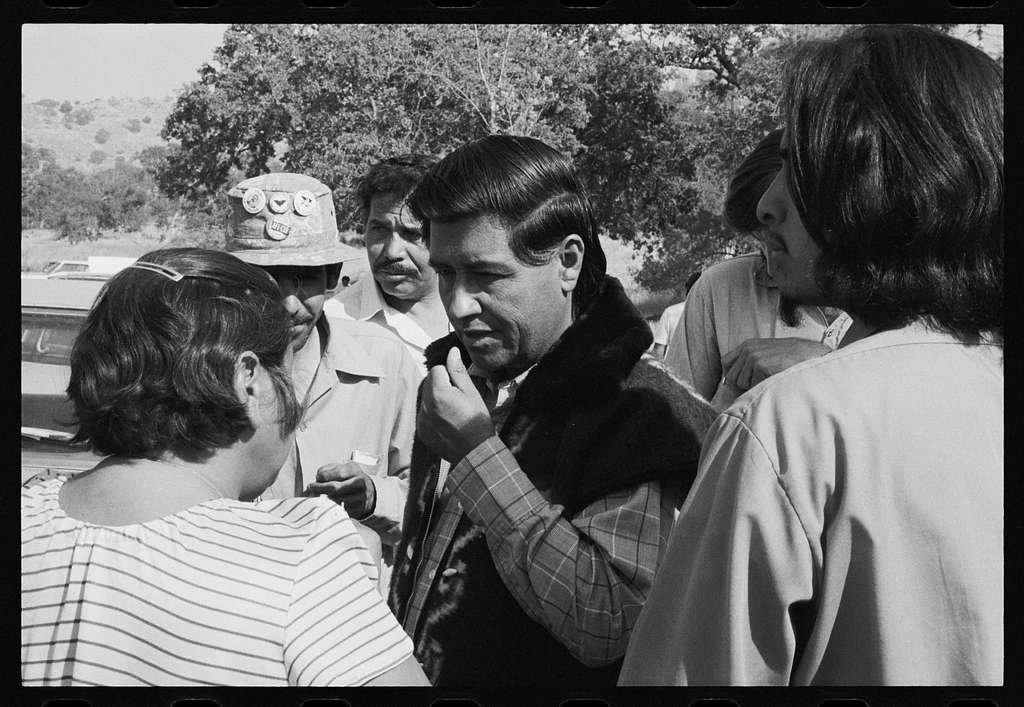
César Chávez on How It Began
Interview with César Chávez by Luis Torres
In an interview just before his death in 1993, César Chávez related the story of how the fledgling National Farm Worker Association (NFWA) union became involved with Filipino workers belonging to the Agricultural Workers Organizing Committee and the strike against major grape growers.
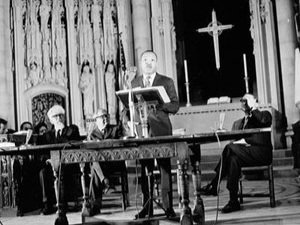
Beyond Vietnam — A Time to Break Silence
Reading by Martin Luther King Jr.
On April 4, 1967, exactly one year before his assassination, Martin Luther King Jr. delivered his first major speech on the war in Vietnam. In this speech he links the escalating U.S. commitment to the war in Vietnam war with its abandonment of the commitment to social justice at home. He calls for a “shift from a ‘thing-oriented’ society to a ‘person-oriented’ society” and for us to “struggle for a new world.”

Children’s Book on Ella Baker: A SNCC Veteran’s Review
Reading by Judy Richardson
A critical review of the picture book, Lift as You Climb: The Story of Ella Baker.

Teaching About Nonviolence and Self-Defense
Teaching Idea by Julian Hipkins III
In the article and video clip used in this lesson, Charles E. Cobb Jr. talks about the role that self-defense and nonviolence played in the Civil Rights Movement. Cobb explains that for many, nonviolence was a tactic rather than a way of life. People in communities across the south were prepared to use lethal force when necessary to protect themselves.
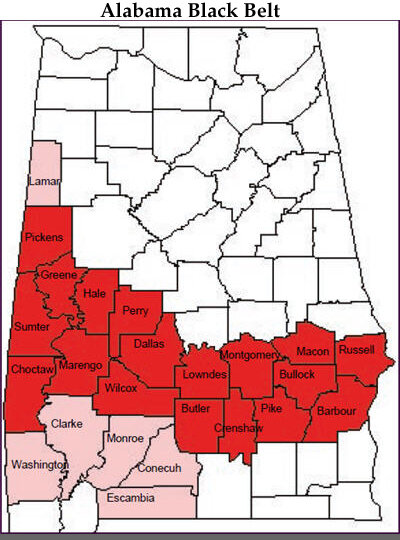
The Alabama Project
Reading by CRMVet.org
In September 1963, when four young girls were killed in the Birmingham bombing of the 16th Street Baptist church, Diane Nash Bevel and her husband James Bevel drew up a "Proposal For Action in Montgomery" — a plan for a massive direct action assault on denial of voting rights.
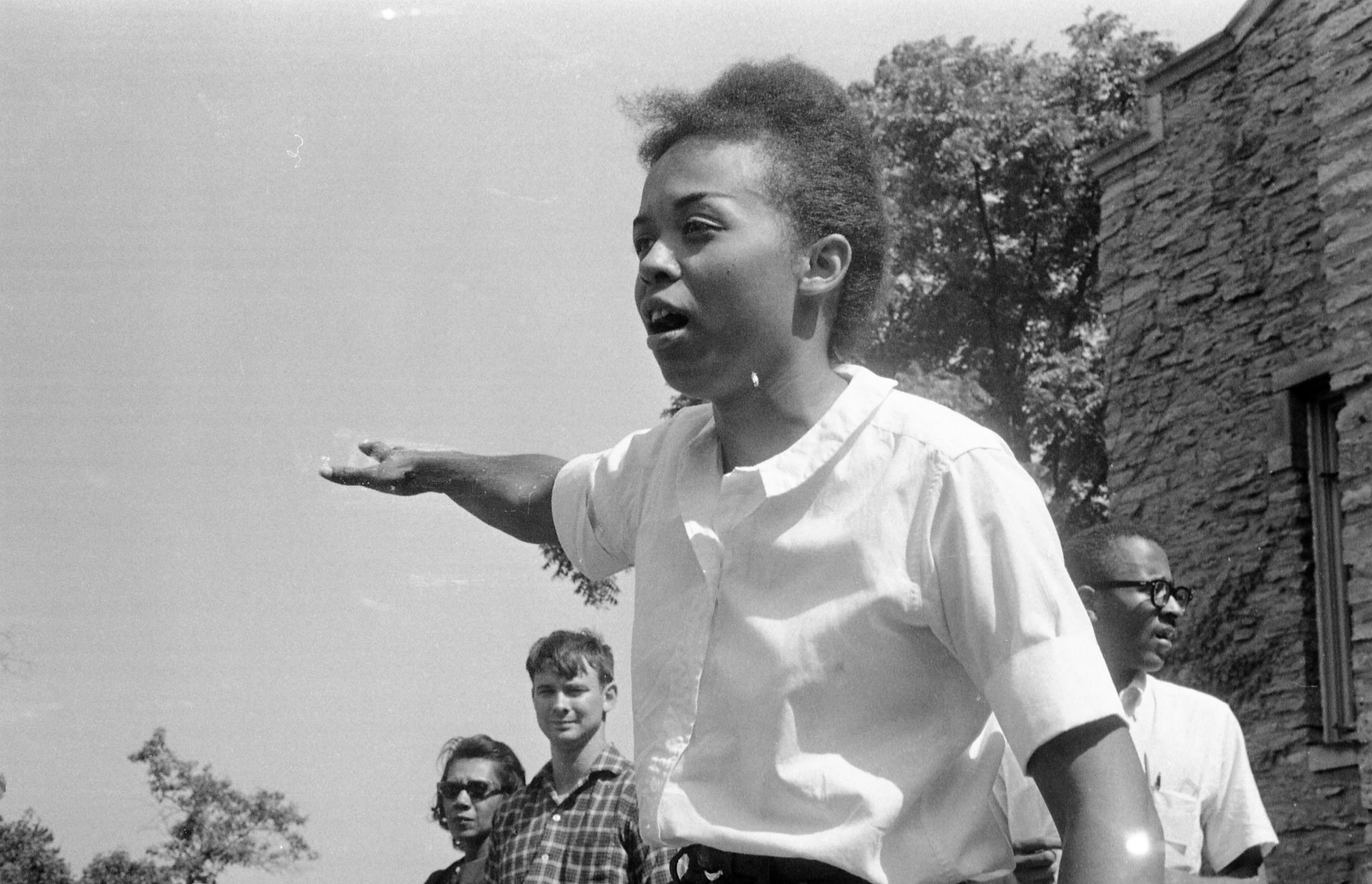
Freedom Fighter: The Life and Legacy of Ms. Dorie Ladner
Interview by Maestra Productions
Dorie Ladner was a passionate civil rights activist and leader in the Student Nonviolent Coordinating Committee (SNCC) from Hattiesburg, Mississippi. This interview about her life was conducted in 2017 by Maestra Productions in collaboration with Bowie State University Department of Fine and Performing Arts and Teaching for Change.
